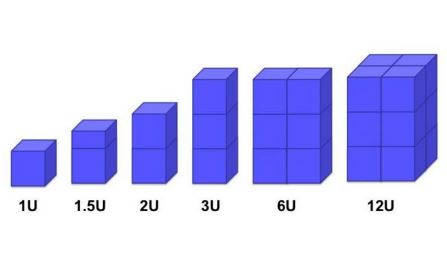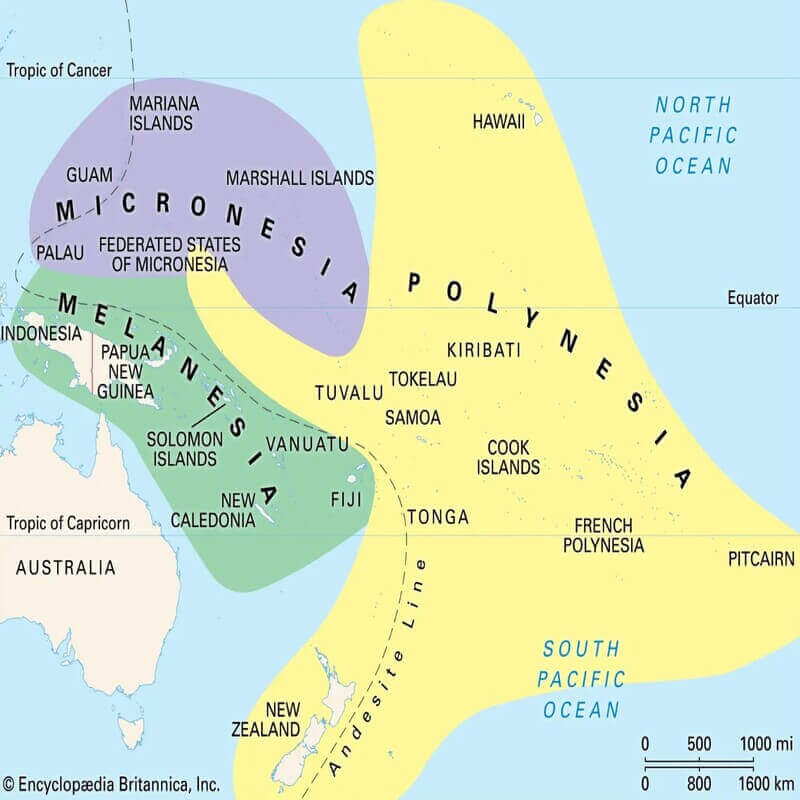From UPSC perspective, the following things are important :
Prelims level: Domestic Production of Pulses;
Mains level: Inflation; Cereals and Pulses;
Why in the News?
Due to food inflation during an El Niño year and an election year, the country has lost the self-sufficiency it had achieved in pulses.
Pulse Production in India:
Recent Decline in Domestic Production:
|
Significance of Pulse Production:
- Suitable for Drought Areas: Drought-resistant and deep-rooting species of pulses can supply groundwater to companion crops when planted in the intercropping pattern. Locally adapted pulse varieties can enhance production systems in dry environments.
- Enhances Fertility of Land: The leguminous plants of pulse also help in nitrogen fixation, thus ensuring higher soil fertility.
- High Nutritional Value: In a country like India, where many people are poor and vegetarian, pulses are an important and affordable source of protein.
- Low food wastage footprints: Pulses can be stored longer without losing their nutritional value and minimizing loss.
Imports have hit a seven-year high
Cause of the Inflation in Pulses
- Impact of EL Nino: El Niño-induced patchy monsoon and winter rain led to a decline in domestic pulse production from 27.30 million tonnes (mt) in 2021-22 to 23.44 mt in 2023-24, as per the Agriculture Ministry’s estimates.
- Sharp Output Falls: Both chana and Arhar/tur, the pulses with the highest inflation experienced sharp output falls. Chana production decreased from 13.54 mt in 2021-22 to 12.16 mt in 2023-24, while Arhar/tur production dropped from 4.22 mt to 3.34 mt over the same period.
- Impact of Irregular Rainfall: Poor crops in regions like Karnataka, Maharashtra, Andhra Pradesh, and Telangana were attributed to irregular and deficient rainfall, leading to reduced planting area and lower yields.
Effects of Inflation :
- Increased Retail Prices: Significant annual retail inflation, particularly for pulses like Arhar/tur and chana.
- Higher Import Costs: Surge in imports to meet domestic demand, leading to increased expenditure on foreign pulses.
- Economic Burden: Higher prices in the open market strain household budgets, especially for low-income families who cannot rely on subsidized distribution for pulses.
Challenges Ahead :
- Monsoon Uncertainty: Future prices largely depend on the upcoming southwest monsoon; continued irregular weather patterns could sustain high inflation.
- Import Dependency: Increased reliance on imports due to insufficient domestic production, especially for yellow/white peas and masoor.
- Supply Position: Precarious domestic supply with minimal government procurement from recent crops, necessitating higher imports.
Government initiatives as relief measures: The government has removed tariffs and quantitative restrictions by liberalizing imports on most pulses to boost supply and reduce prices like an extension of duty-free imports of Arhar/tur, urad, masoor, and desi chana till March 31, 2025.
Conclusion: While the government has taken significant steps to mitigate the impact of high dal prices through import liberalization and policy adjustments, the actual relief to consumers will hinge on the performance of the upcoming monsoon and the global pulse market dynamics.
Mains PYQ:
Q Mention the advantages of Cultivation of pulses because of which year 2016 was declared as the International year of Pulses By the United Nations. (UPSC IAS/2017)
Q Food Security Bill is expected to eliminate hunger and malnutrition in India. Critically discuss various apprehensions in its effective implementation along with the concerns it has generated in WTO. (UPSC IAS/2013)
Prelims PYQs:
With reference to pulse production in India, consider the following statements:
1) Black gram can be cultivated as both kharif and rahi crop.
2) Green gram alone accounts for nearly half of pulse production.
3) In the last three decades, while the production of Kharif pulses has increased, the production of rabi pulses has decreased.
Which of the statements given above is/are correct?
(a) 1 only
(b) 2 and 3 only
(c) 2 only
(d) 1, 2 and 3
Get an IAS/IPS ranker as your 1: 1 personal mentor for UPSC 2024





